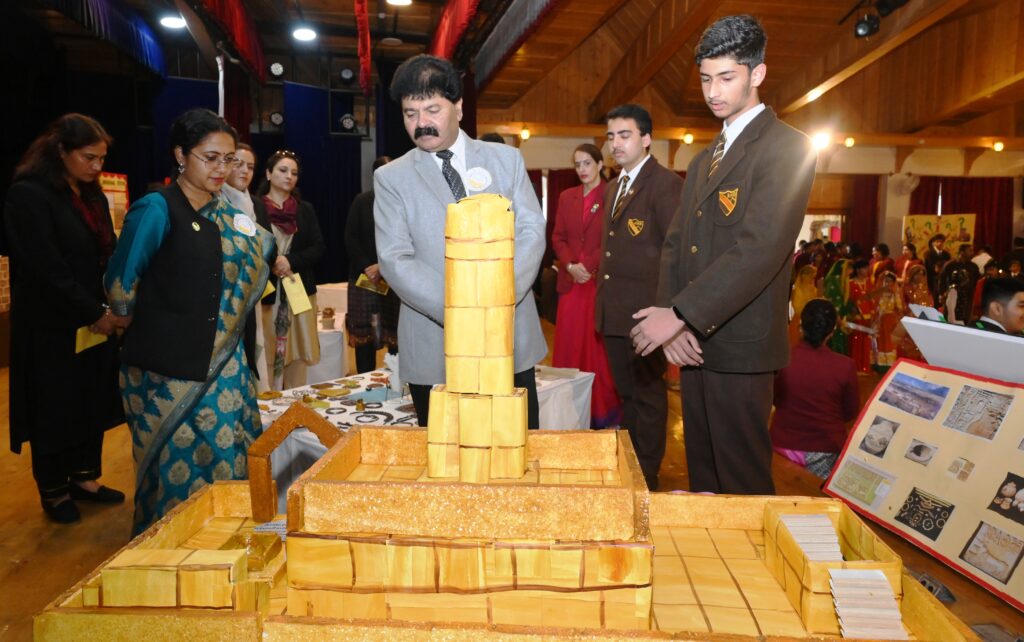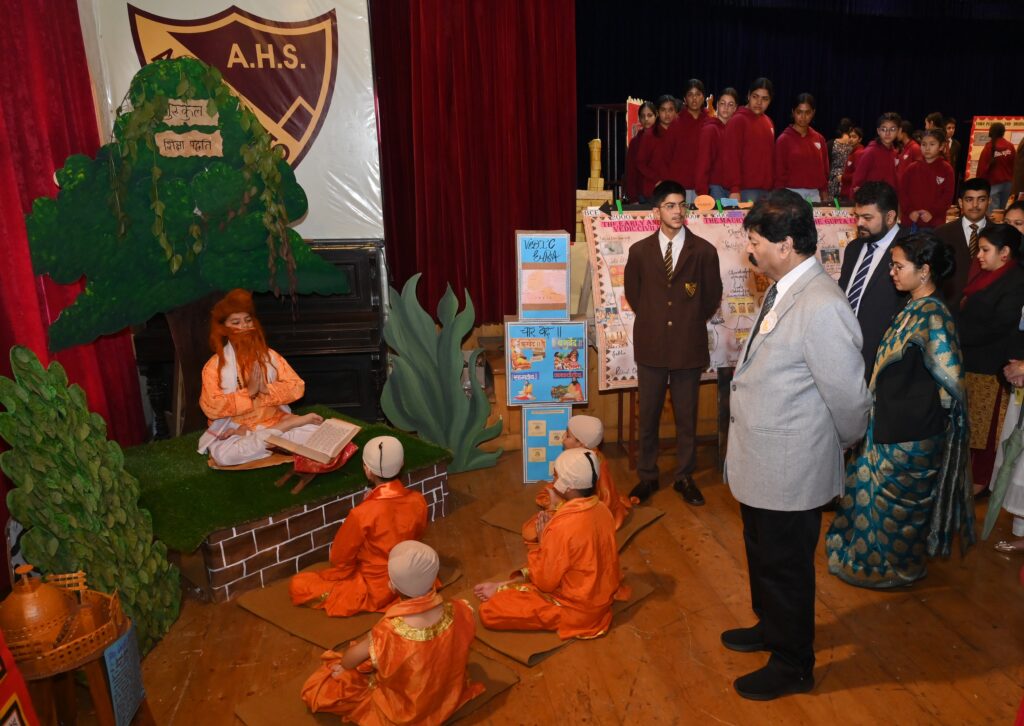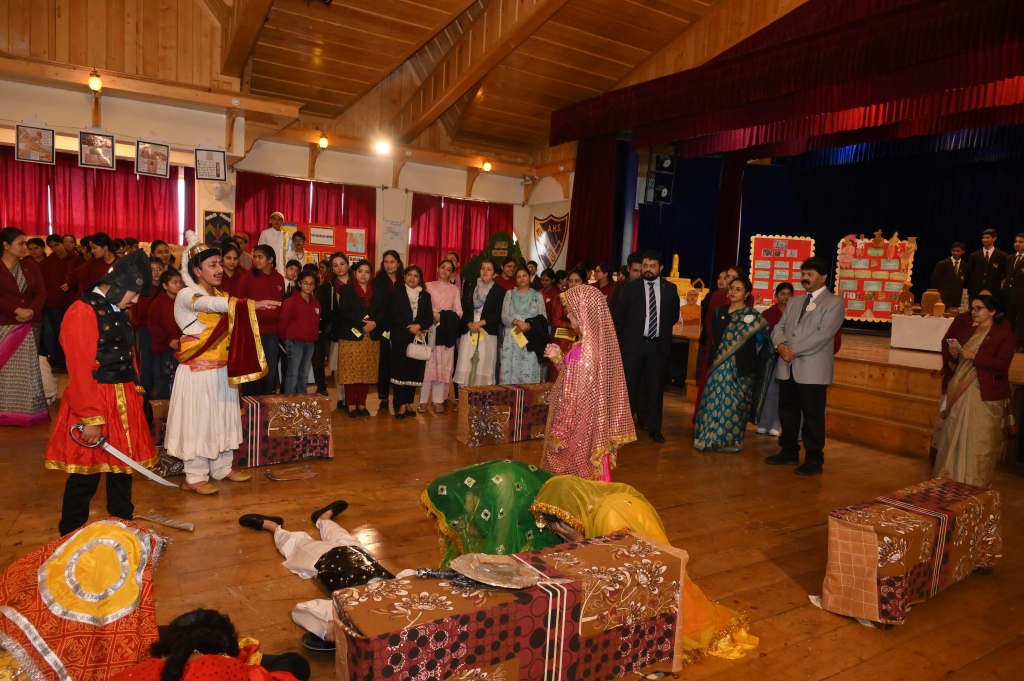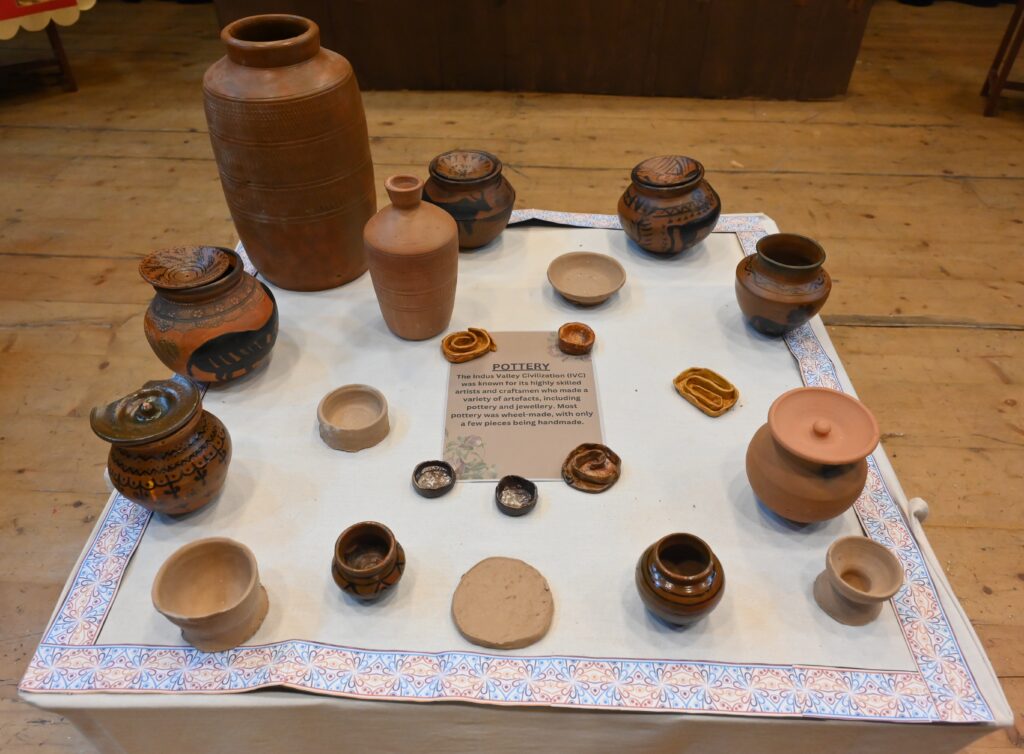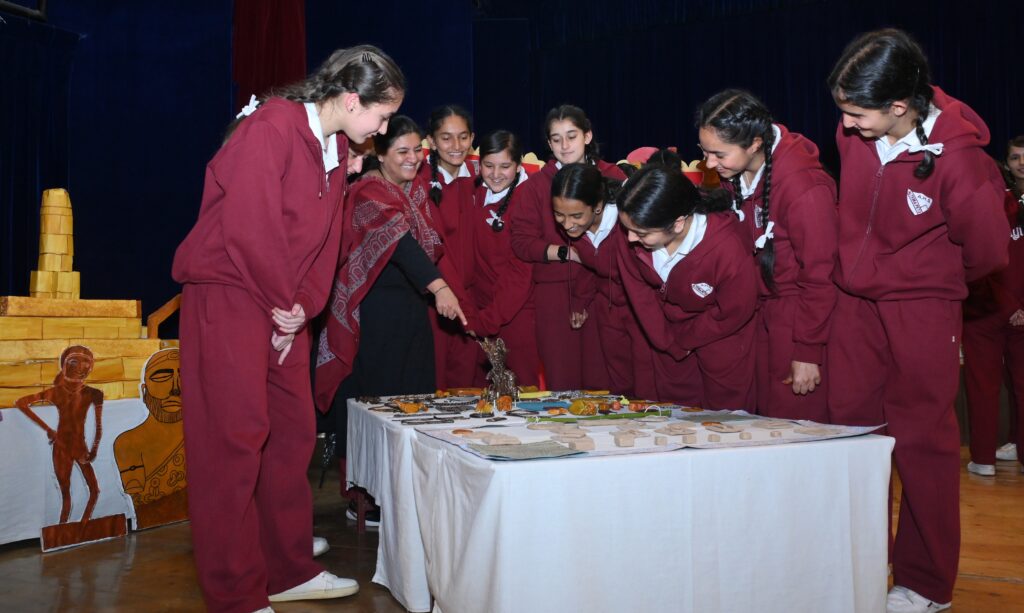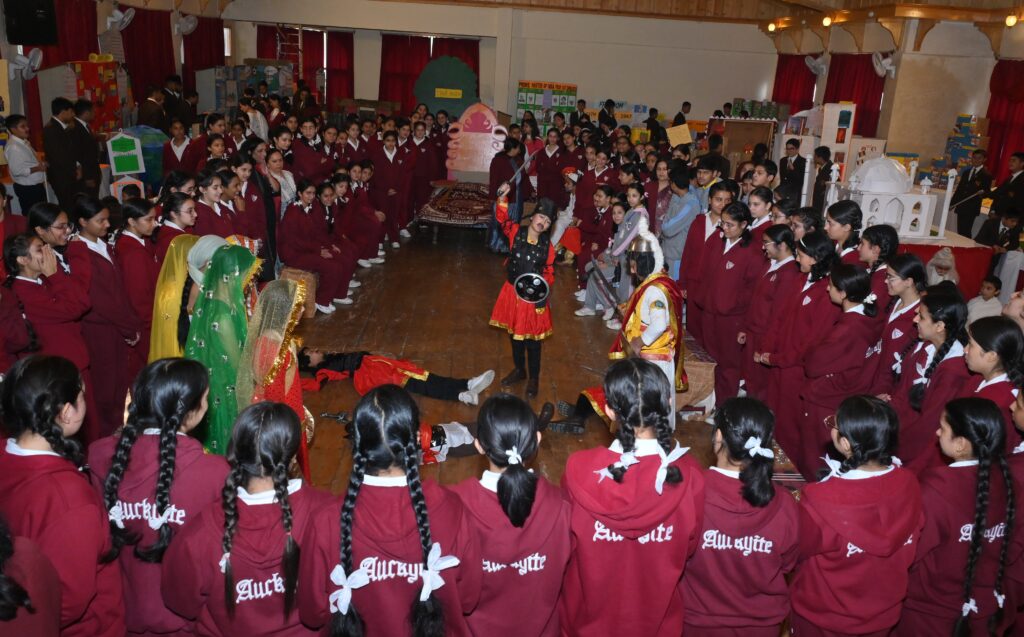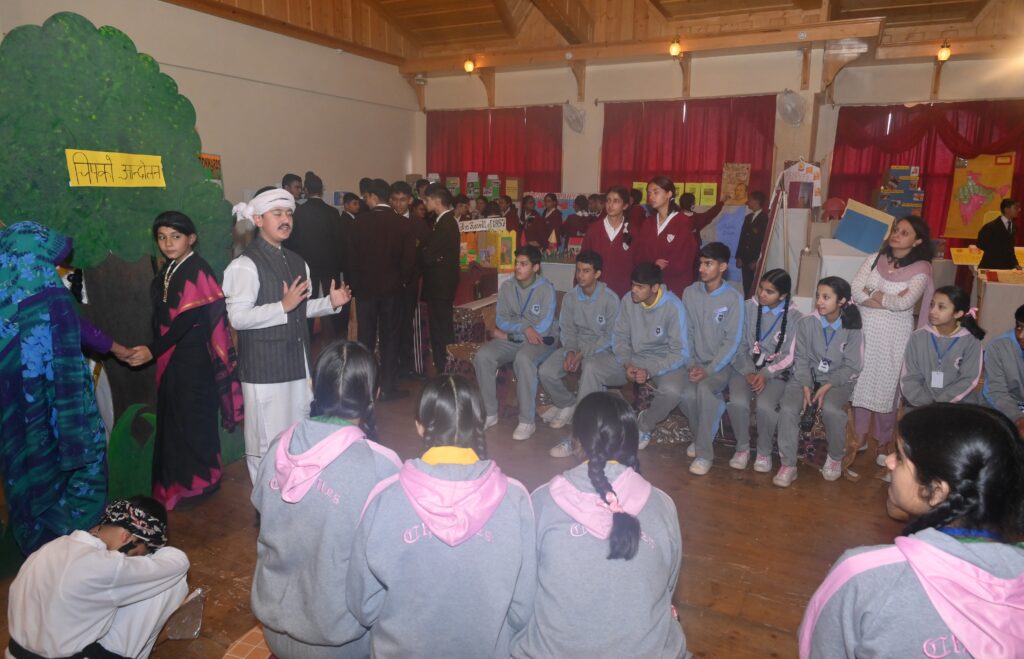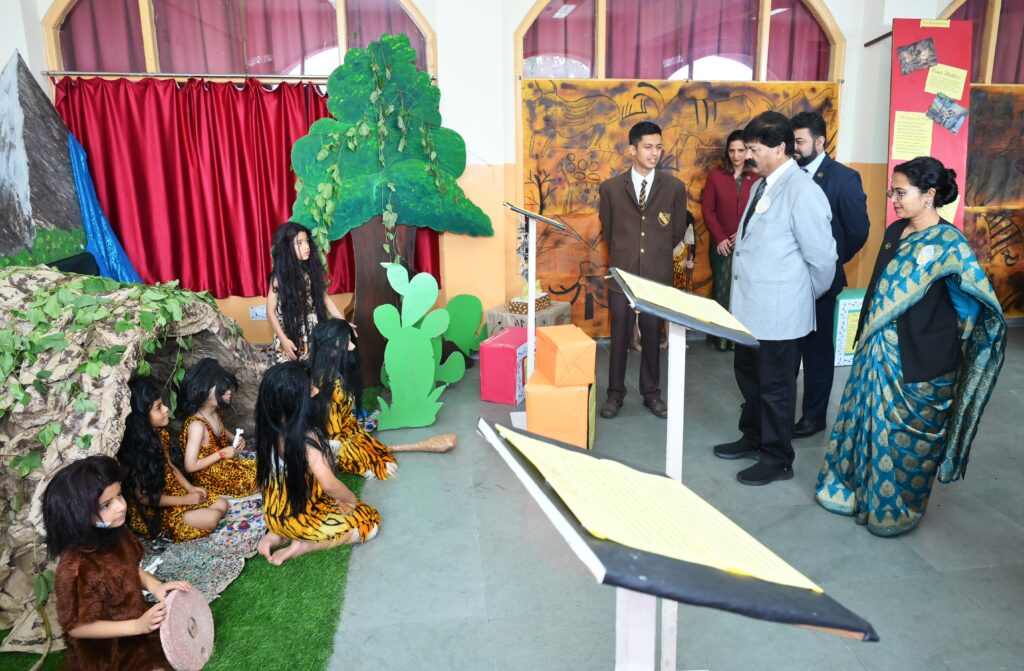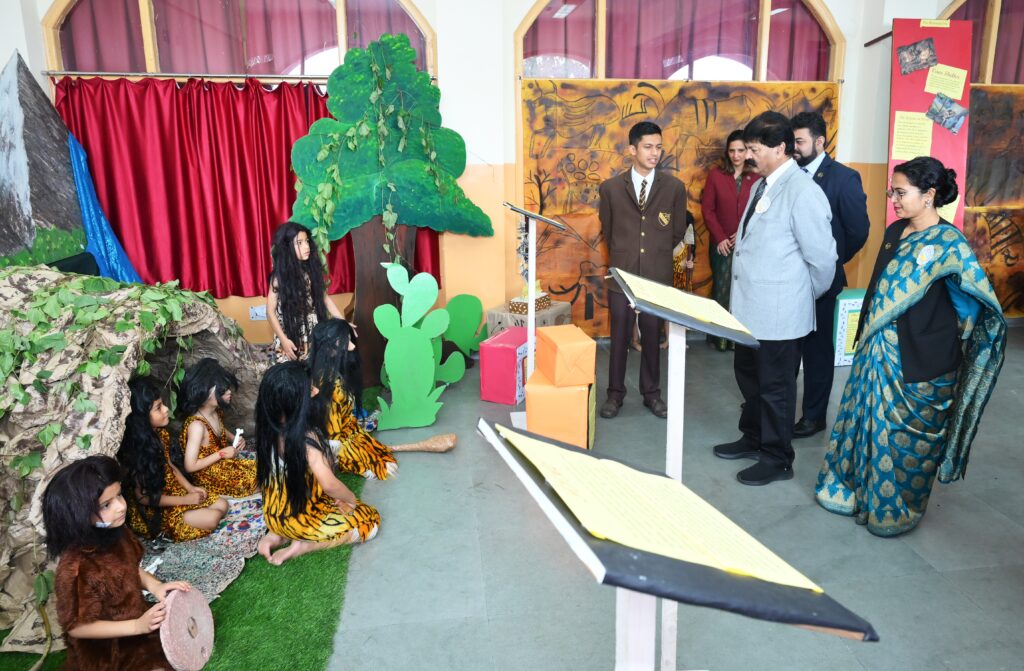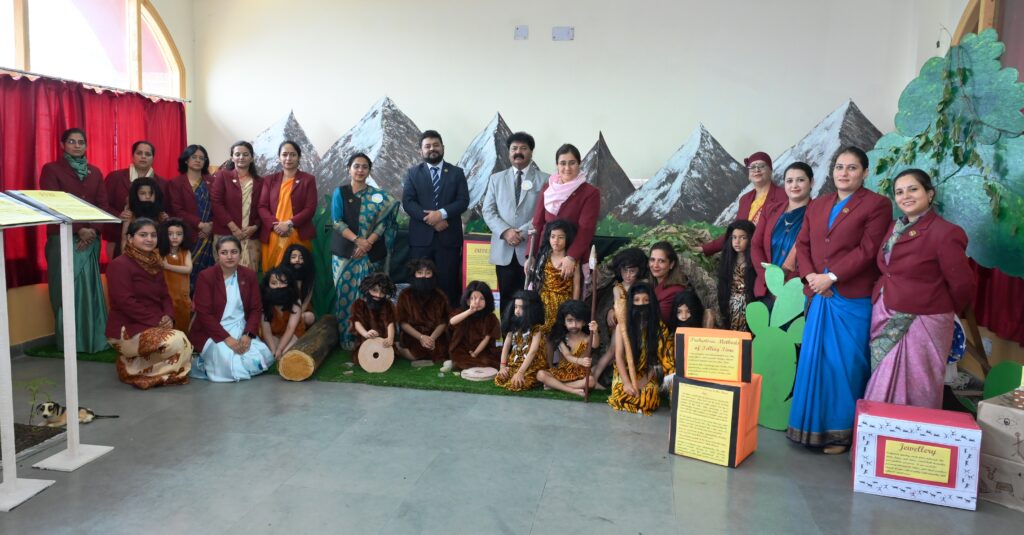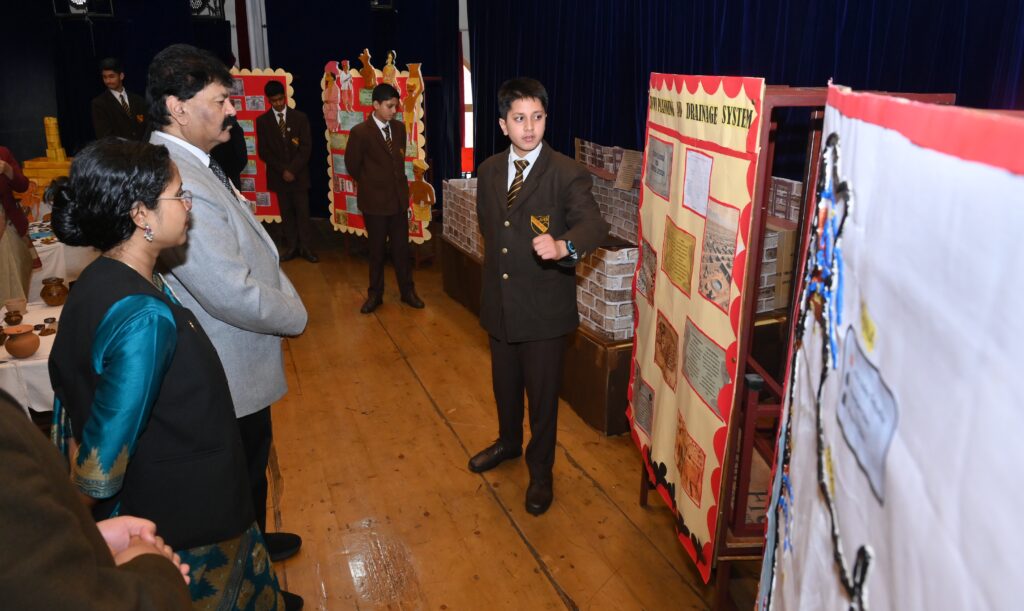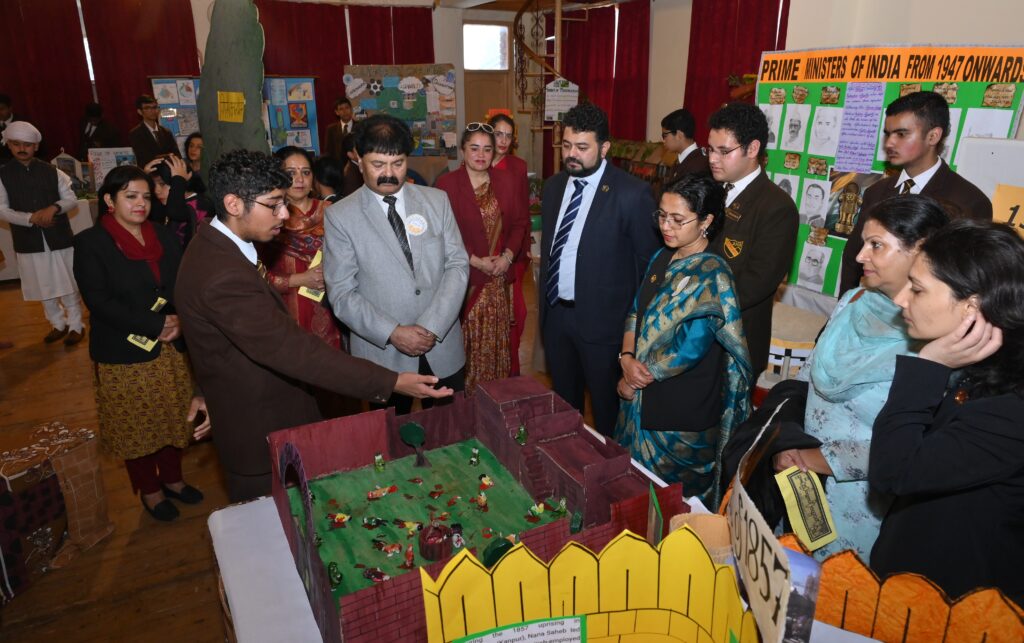
Auckland House School for Boys hosted its Annual School Exhibition on August 10 and 12, with the theme “India through the Ages.” This year’s exhibition was a grand showcase of the rich cultural heritage and historical milestones of India, creatively depicted by the students across various eras.
The exhibition, held in the school auditorium, was inaugurated on August 10, by the Founding Principal, Michael A John, graced by Director, Sunita John and Smaraki Samanthroy, Principal, Auckland House School, who lauded the students for their exceptional creativity and deep understanding of India’s history. The event provided a vivid journey through time, highlighting the evolution of Indian civilization from the Stone Age to Modern India. The exhibition was divided into several sections, each dedicated to a significant period in Indian history.
Prehistoric Period: Stone Age: Students showcased the early tools and cave paintings, reflecting the lifestyle and survival strategies of prehistoric humans. Indus Valley Civilization: The meticulous recreations of the urban planning, models of The Great Bath, Citadel, handmade pottery, seals jewellery and artifacts of one of the world’s oldest civilizations captivated the audience.
Vedic Age: Gurukul System was showcased through enactments, a display was put up dedicated to ancient India’s educational system illustrated the value of knowledge and the teacher-student bond. Models of Vedas and Purans were displayed along with mini handmade dresses of that period.
Mauryan and Gupta Dynasty exhibits on these periods highlighted the advancements in art, architecture, and literature, emphasizing the golden age of India. Models of Ashoka pillar, inscriptions of Ashoka’s edicts and other instillations depicted this period beautifully. Map of Mauryan Empire showed the extent of Mauryan Empire
Medieval Period: Sultanate and Mughal Era: The grandeur of the Sultanate and Mughal era was brought to life with models of architectural marvels like the Qutub Minar, Taj Mahal, The Red Fort, Akbar’s Fort, and miniature paintings. Nalanda University’s destruction by Mughal’s was enacted by students.
Modern India: Colonization and Battles, the struggles of India under British rule, including key battles and revolts, were powerfully depicted, reminding visitors of the sacrifices made for freedom. Short enactments were presented to recreate that time period. Freedom Struggle: this section celebrated the heroes of India’s independence movement, with exhibits on Mahatma Gandhi, Pandit Jawaharlal Nehru, and other freedom fighters. Coincidently the exhibition fell close to 78th Independence Day and was a tribute to the martyrs who laid down their life for India’s freedom.
The final section focused on India’s progress post-independence, showcasing its advancements in science, technology, and culture.
The exhibition received an overwhelming response from parents, teachers, and the local community, who were impressed by the students’ ability to intertwine art with history. The event not only displayed artistic talent but also served as an educational experience, offering insights into the rich tapestry of India’s past.
